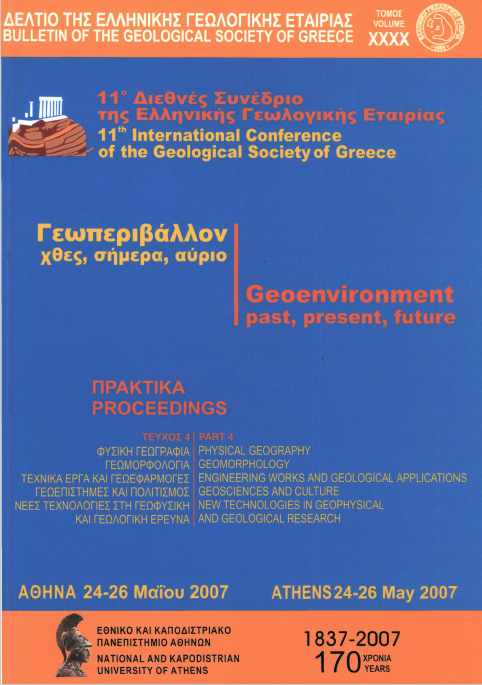Application for source parameters calculations as input for static stress changes studies

Abstract
The study of static Coulomb Stress changes requires initially the collection of information on the major active faults in a study area concerning their geometry and kinematic properties and then a series of complex calculation for stress changes that are associated with both coseismic displacements of the stronger events and the tectonic loading on these major faults. The Coulomb Stress Application has been developed as a tool to provide a user-friendly way of entering the necessary data and an efficient way to perform the complex calculations procedure. More specifically the aim of the application is a) the collection of data (catalogues of earthquakes, fault parameters) in a relational database, b) the calculation of earthquake source parameters such as the length and the width of the causative fault, and the coseismic slip by using available scaling laws, and finally, c) the execution of all the necessary programs and scripts (e.g. dis3dop.exe, GMT package) to get a map of static stress changes for an area. Coulomb Stress application provides a way to store these data for a study area and it is a method to perform a series of calculations by plotting a series of maps and examine the results for a number of cases.
Article Details
- How to Cite
-
Paradisopoulou, P. M., Papadimitriou, E. E., Karakostas, V. G., & Kilias, A. (2007). Application for source parameters calculations as input for static stress changes studies. Bulletin of the Geological Society of Greece, 40(4), 2008–2019. https://doi.org/10.12681/bgsg.17294
- Section
- New Technologies in Geophysical and Geological Research

This work is licensed under a Creative Commons Attribution-NonCommercial 4.0 International License.
Authors who publish with this journal agree to the following terms:
Authors retain copyright and grant the journal right of first publication with the work simultaneously licensed under a Creative Commons Attribution Non-Commercial License that allows others to share the work with an acknowledgement of the work's authorship and initial publication in this journal.
Authors are able to enter into separate, additional contractual arrangements for the non-exclusive distribution of the journal's published version of the work (e.g. post it to an institutional repository or publish it in a book), with an acknowledgement of its initial publication in this journal. Authors are permitted and encouraged to post their work online (preferably in institutional repositories or on their website) prior to and during the submission process, as it can lead to productive exchanges, as well as earlier and greater citation of published work.








